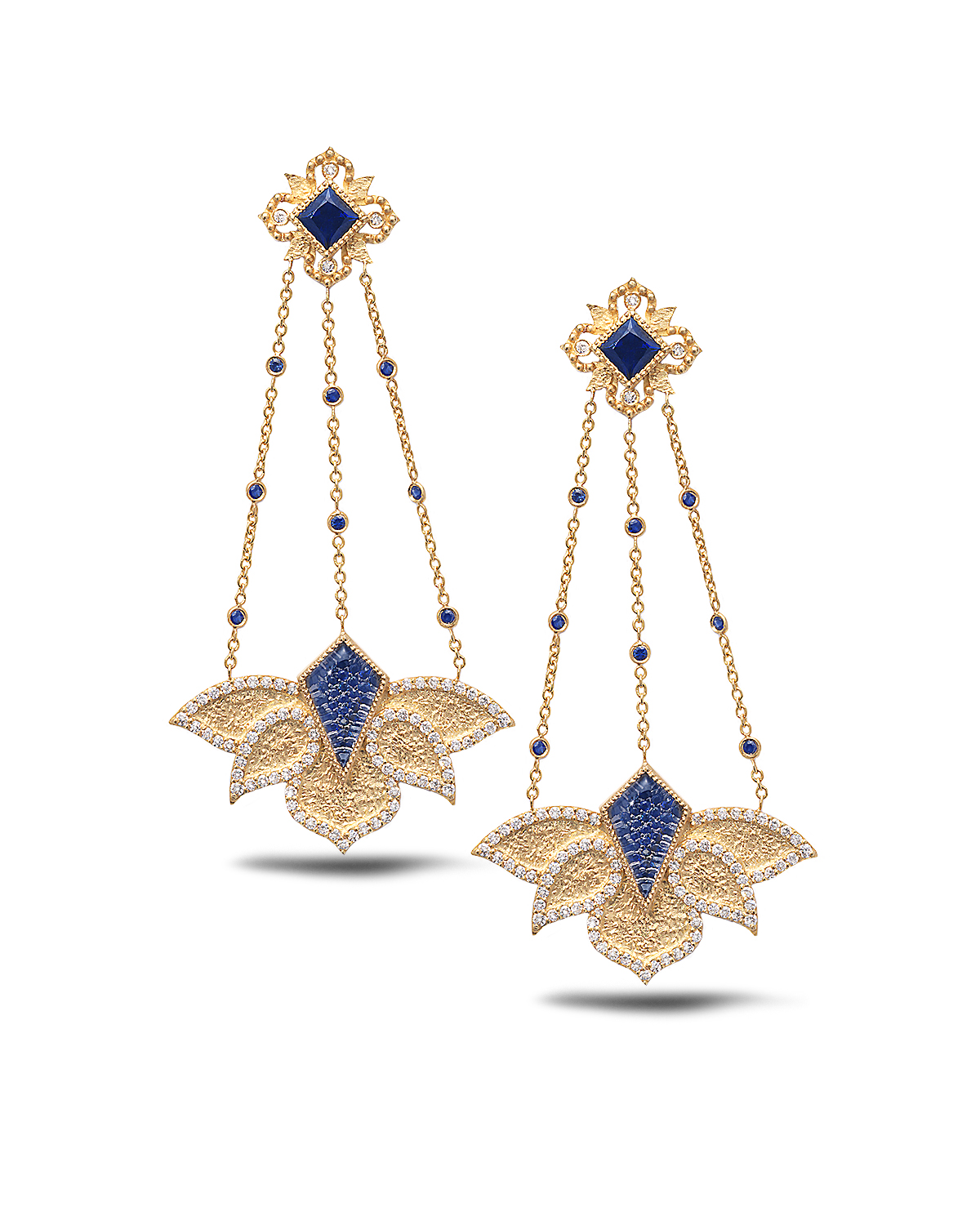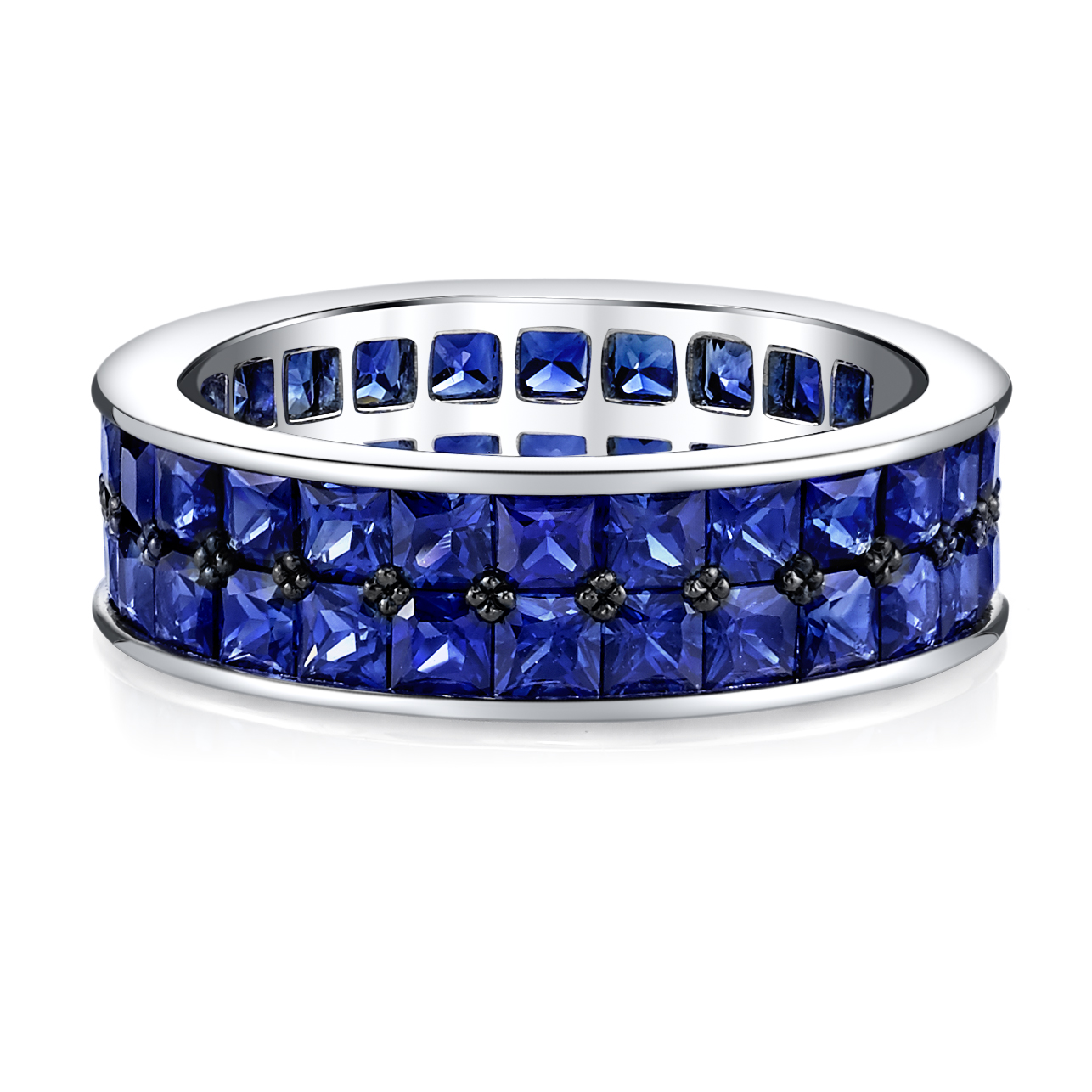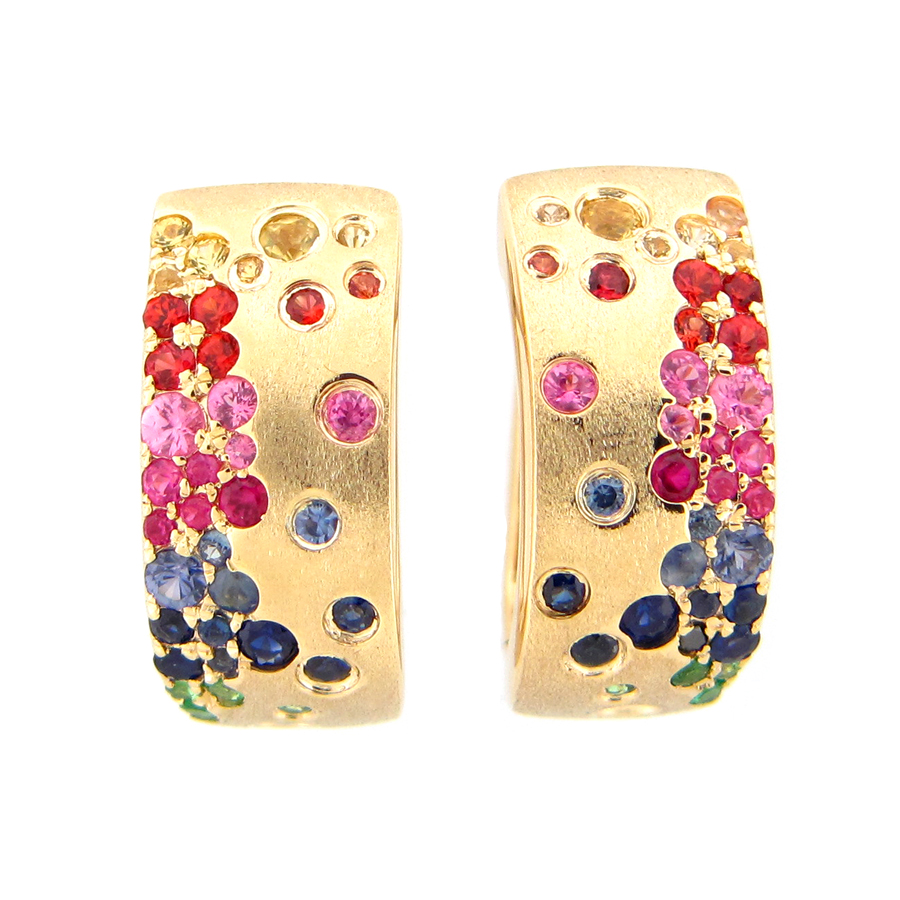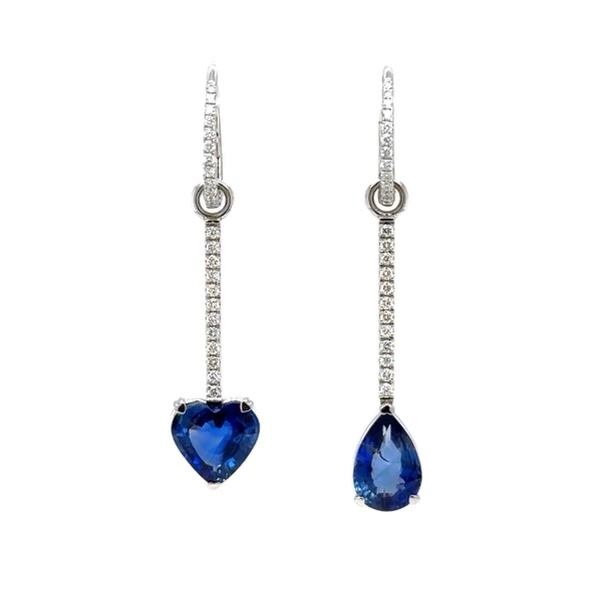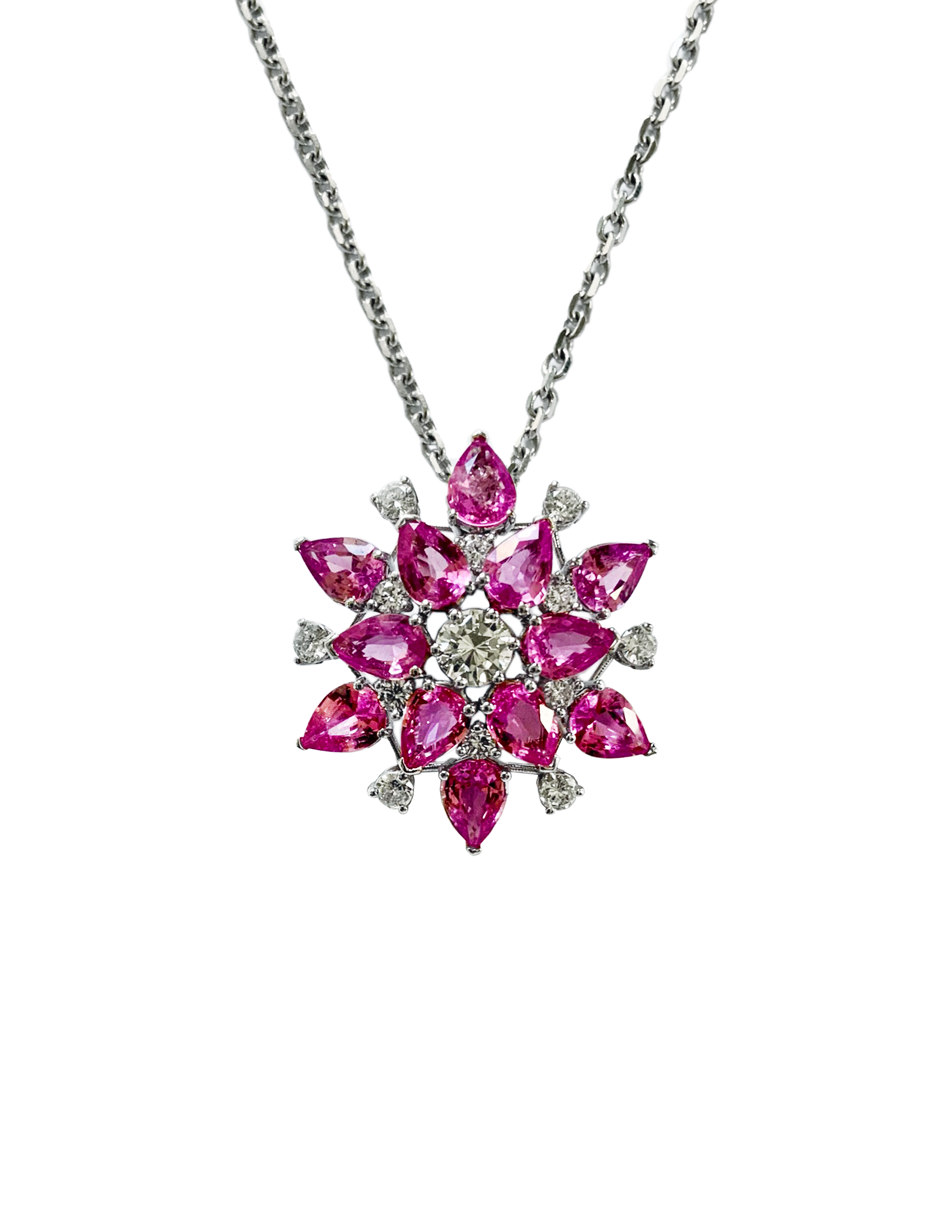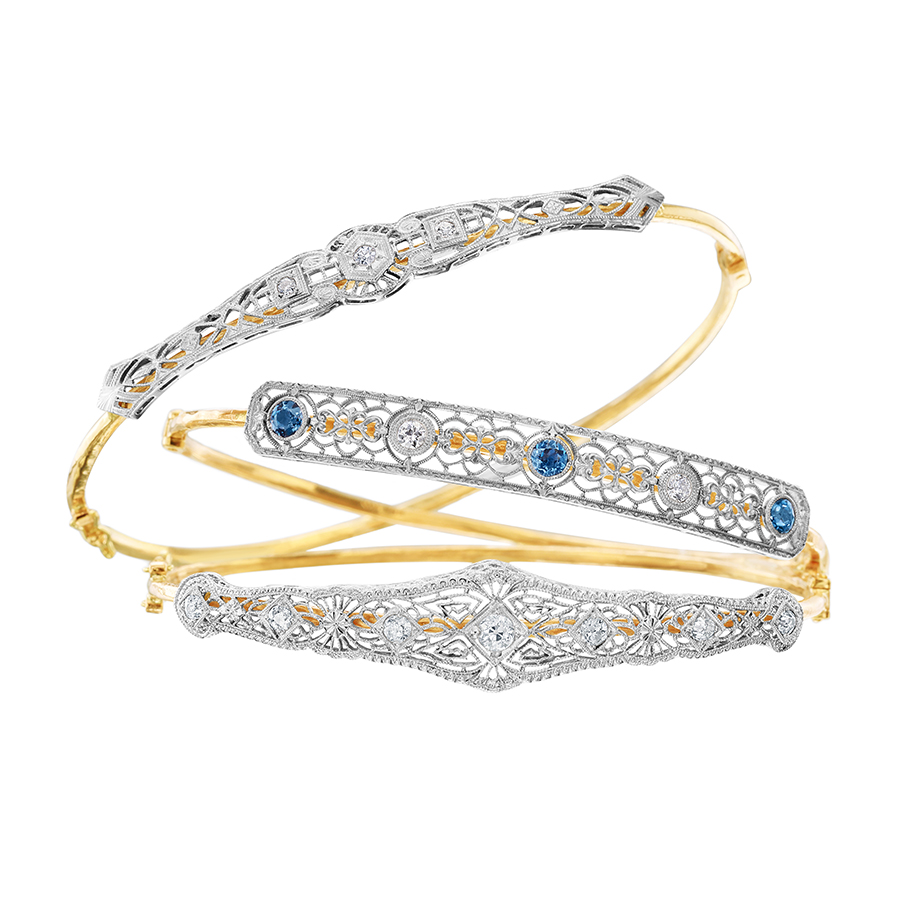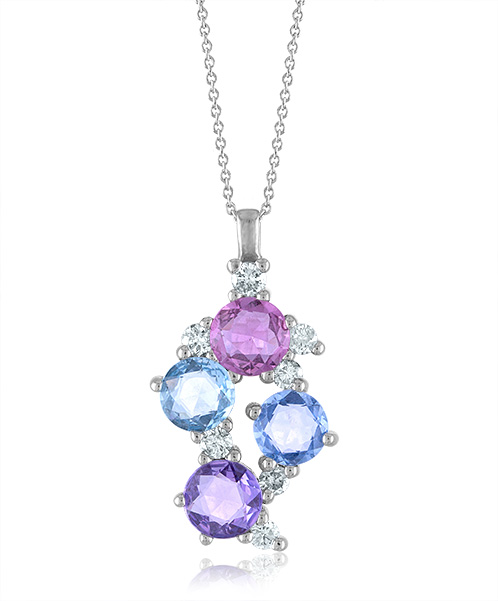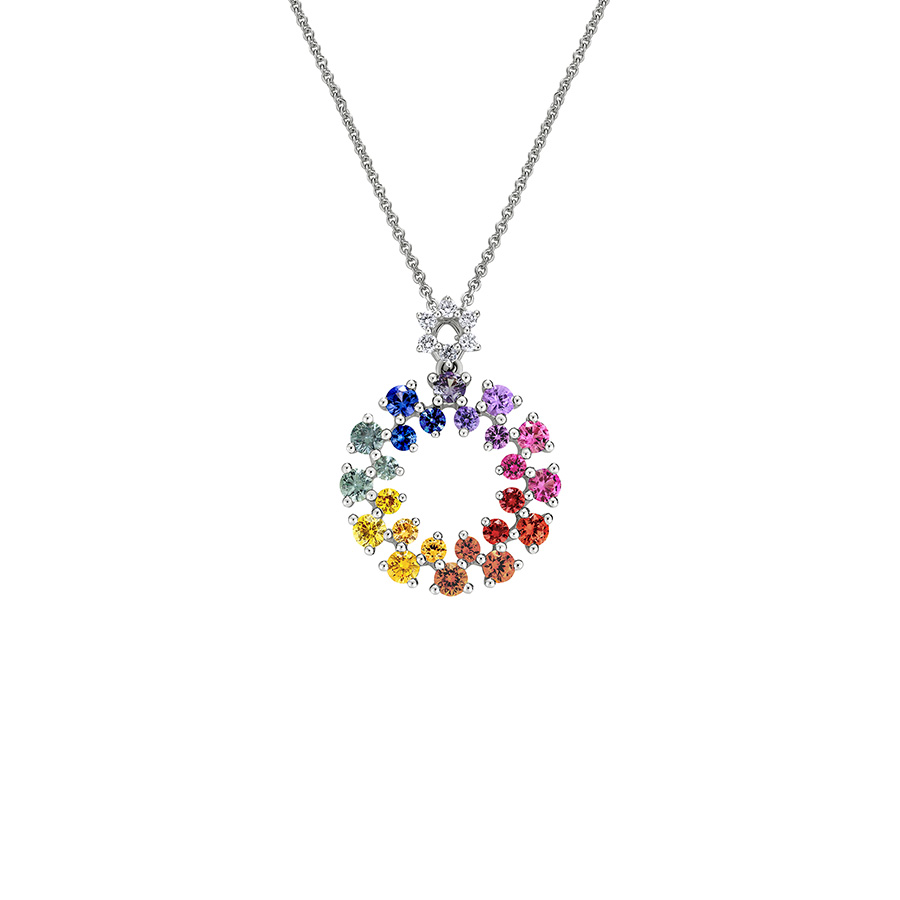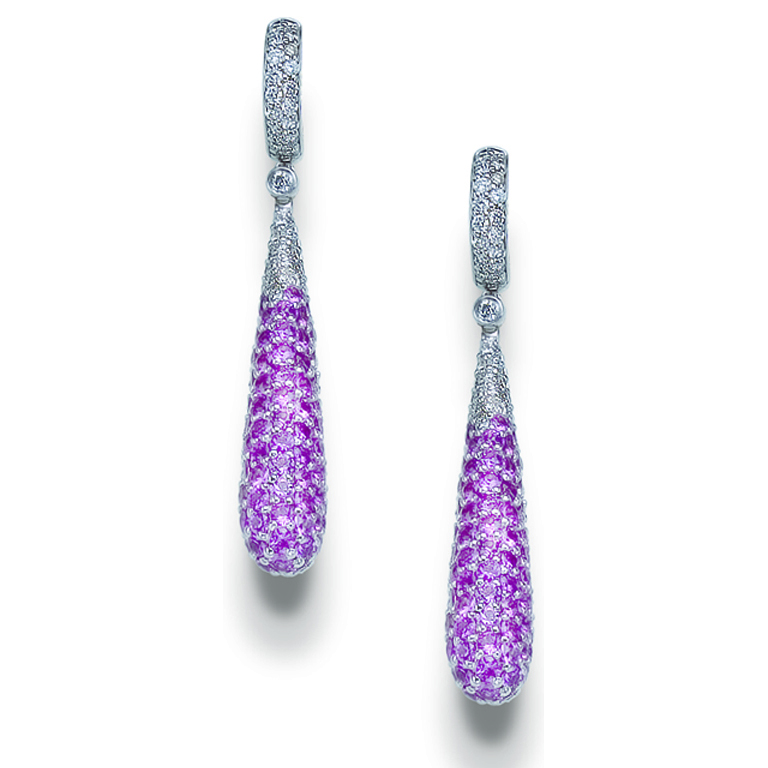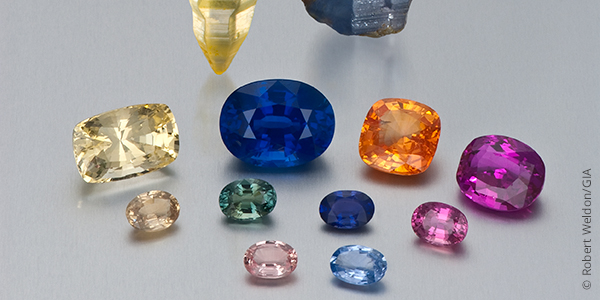
Sapphire gemstones were referred to as hyacinths – specifically the blue variety – in ancient times. Later, their color was likened to yet another flower: the cornflower, an evocative term that is still used today and signifies a very desirable hue of blue sapphire. The word “safir,” from both Hebrew and Arabic roots, means blue, yet sapphires come in almost every color, such as yellow, pink, green and purple.
Sapphire is a variety of the mineral species corundum as is ruby. They virtually share the same chemical composition.
Sapphire is the September birthstone.
Color
Sapphires come in all colors of the rainbow including yellow, green, orange, pink, purple and blue. Sapphires in colors other than blue are referred to as “fancy colored sapphires” and are best described by their color, such as “yellow sapphire.” Deep blue sapphires are the most prized and valuable variety.Cut
Sapphire gemstones are faceted into all shapes. Star and cat’s-eye sapphire, two of the varieties sporting unique optical phenomena, are fashioned as cabochons. Some other sapphires change color in different types of light; these phenomenal sapphires (showing special optical characteristics) are considered collector’s gems.Origin
Sri Lanka and Burma (Myanmar) are sources for sapphire, yet a more recent source, Madagascar, is also said to produce fine blue sapphires. Other sources include Australia, Cambodia, China, India, Kenya, Laos, Nigeria, Tanzania, Thailand, the United States, and Vietnam.Durability
Sapphire is a very durable gemstone – along with ruby it’s second only to diamond – with a hardness of 9.0 on the Mohs Hardness Scale.Treatments
Sapphire is often heat treated to improve both clarity and color. Any treatments should be disclosed to the buyer.Lab-Created
Sapphire can be manufactured in a lab rather than mined. This information needs to be clearly disclosed to the buyer.Care & Cleaning
- To minimize scratching and wear, store each piece of fine jewelry separately in a soft cloth or padded container.
- Sapphire jewelry is best cleaned with warm, sudsy water and a tightly woven microfiber or other soft cloth.
- Take all your fine jewelry to a professional jeweler at least twice a year for a thorough cleaning and inspection.
Find Sapphire pieces at a trustworthy, JA Member Jewelry store in our Find a Jeweler directory.
Content © GIA. Image © Robert Weldon/GIA




